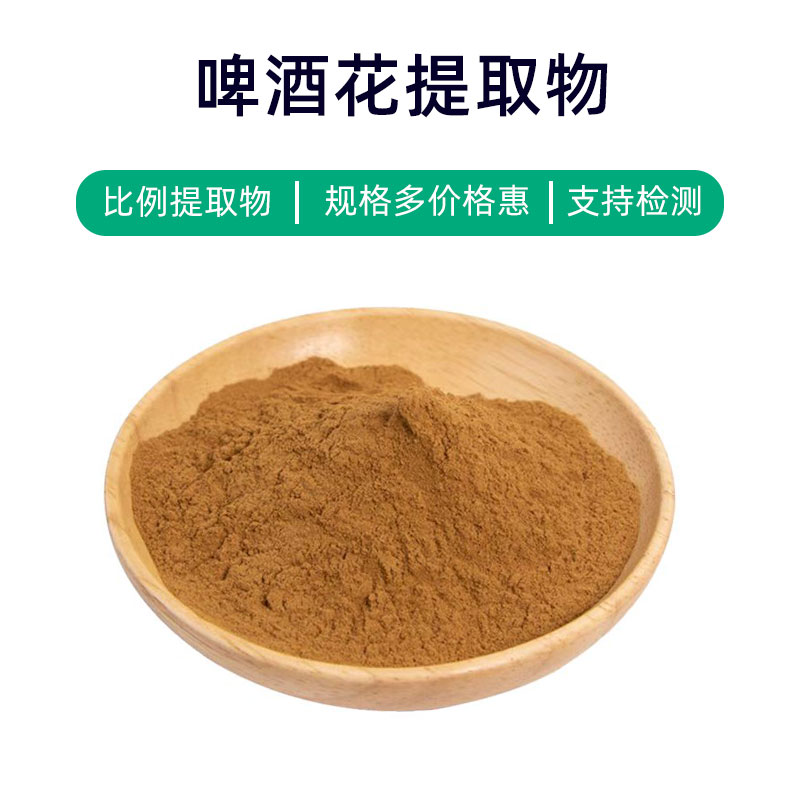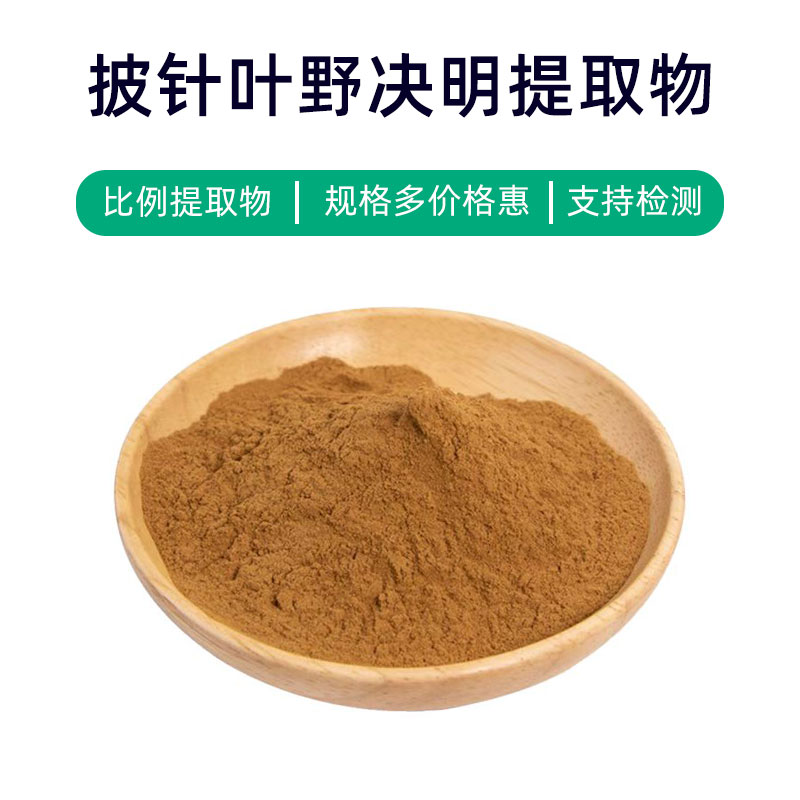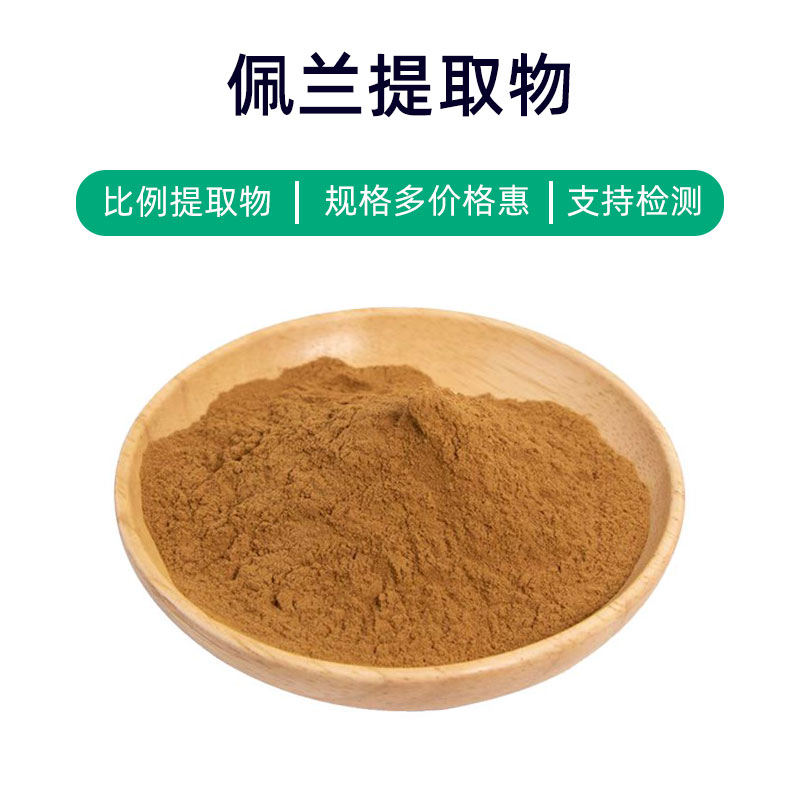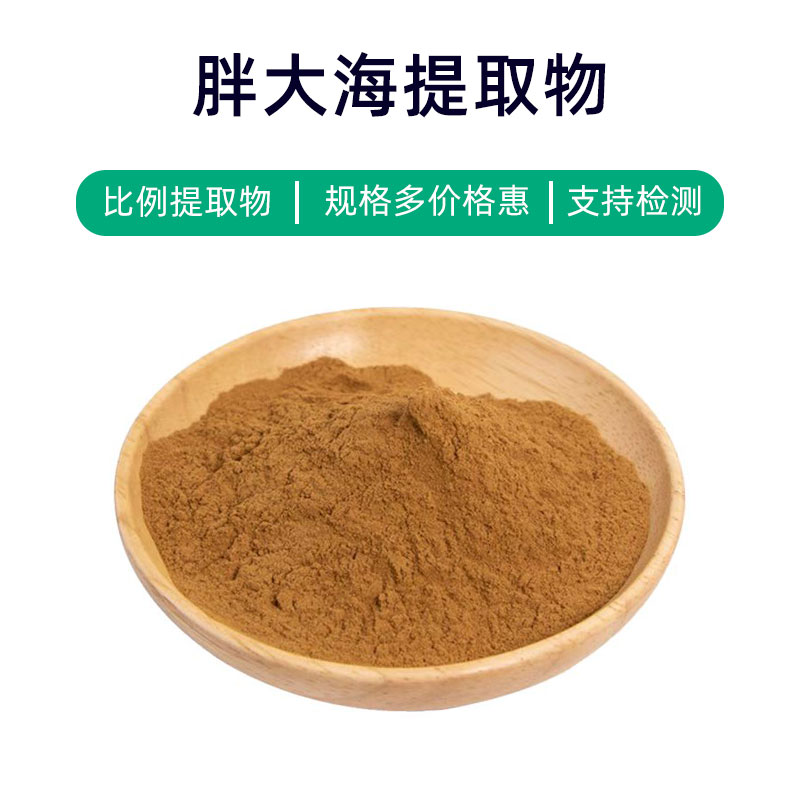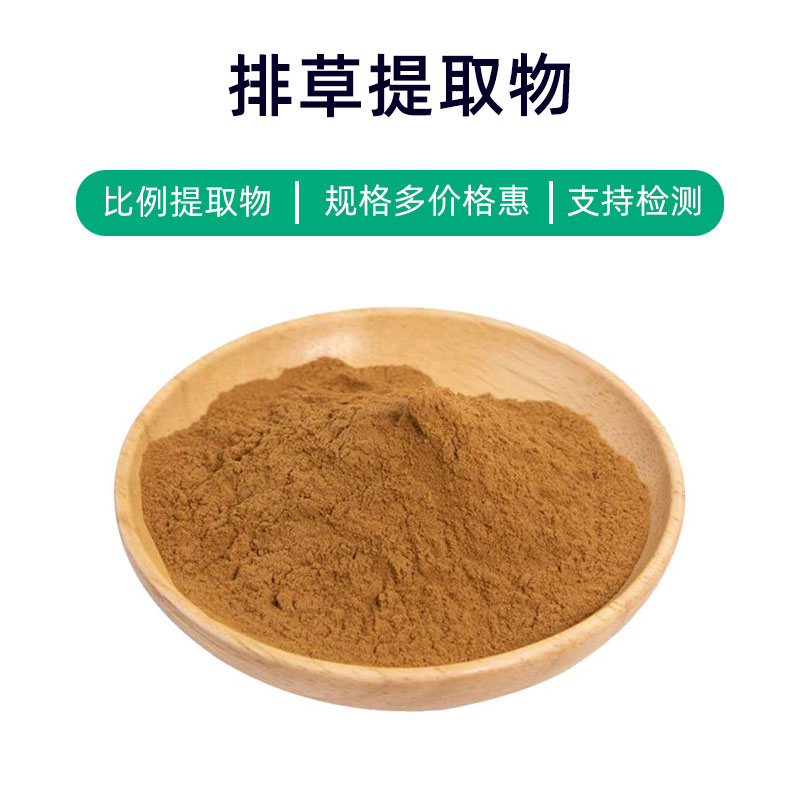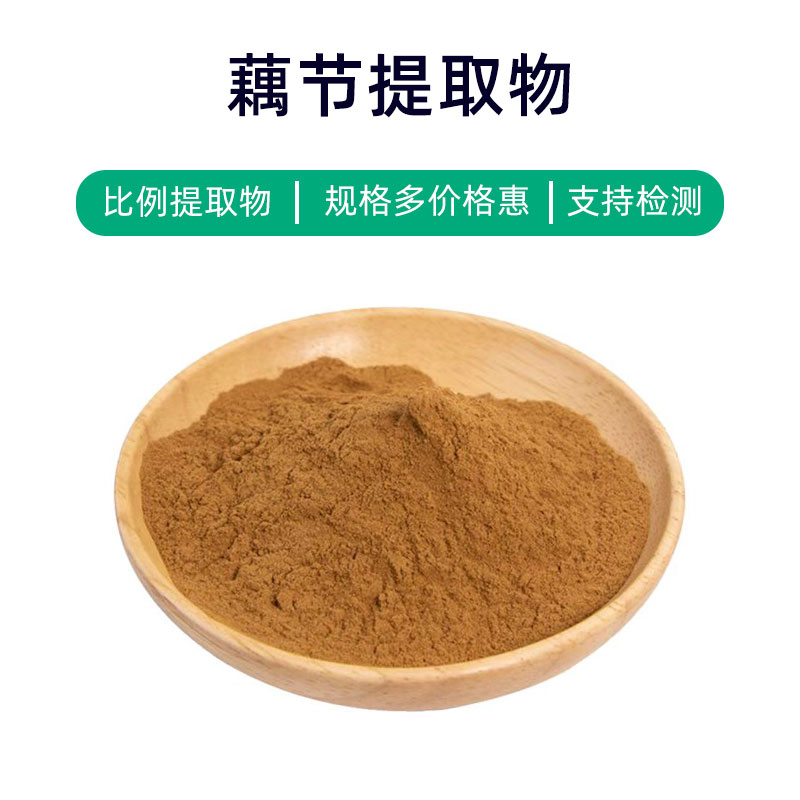Citrus Peel Extract Product Introduction
Citrus peel extract is a natural plant extract derived from the peel of the tangerine, rich in flavonoids, essential oils, and vitamin C. These components provide various benefits and applications.
First, citrus peel extract has excellent antioxidant properties, capable of neutralizing free radicals, slowing cellular aging, and protecting the skin from environmental pollution and UV radiation damage. Its whitening effect is also highly regarded, helping to fade dark spots and even skin tone, making skin brighter and smoother.
Additionally, citrus peel extract has anti-inflammatory and skin-soothing properties, useful for alleviating sensitivity, redness, and inflammation, and can help improve skin issues like acne and eczema. It also promotes skin metabolism and enhances the skin's self-repair ability, aiding in improving skin texture and reducing fine lines and wrinkles.
In the cosmetics field, citrus peel extract is commonly included in skincare products, beauty formulations, and sunscreens, providing antioxidant, whitening, and anti-inflammatory functions, enhancing the efficacy and market competitiveness of products. It is also widely used in food and health supplements to boost immunity, promote digestion, and improve blood circulation.
Citrus Peel Extract Production Process
The production process of citrus peel extract usually includes the following steps:
- Raw Material Collection and Preparation: Fresh tangerine peels are selected as raw materials. The peels should be clean, free from pests, and subjected to preliminary processing and drying to remove surface impurities and moisture, ensuring the quality of the extract.
- Extraction Process: The prepared peels are crushed or sliced and placed in extraction equipment. Common extraction methods include water extraction, supercritical fluid extraction, or solvent extraction. Among these, water extraction is the most common method, preserving the active components in the peel while minimizing environmental impact.
- Filtration and Concentration: The extracted liquid undergoes a filtration step to remove solid impurities, followed by concentration using evaporation to obtain a concentrated liquid of citrus peel extract.
- Refinement and Purification: Further refinement and purification of the concentrated liquid are necessary to remove residual impurities and solvents, enhancing the purity and stability of the extract. This often includes techniques like crystallization, freeze separation, and column chromatography.
- Drying and Milling: The refined citrus peel extract is dried to remove any remaining moisture, then milled or crushed to create the final citrus peel extract powder.
- Packaging and Storage: The extract powder is packaged and stored in a light-proof, cool, and dry environment to ensure its stability and shelf life.
The entire production process requires strict control over each step, including raw material selection and processing, parameter control during extraction, refinement and purification operations, and the final product's packaging and storage to ensure the quality and efficacy of the citrus peel extract.
Citrus Peel Extract Benefits and Side Effects
Citrus peel extract is a commonly used natural plant extract with various benefits, primarily including the following:
- Antioxidant Properties: Rich in antioxidants such as flavonoids, vitamin C, and polyphenols, citrus peel extract can neutralize free radicals, reducing oxidative stress on cells, slowing the aging process, and promoting skin and overall health.
- Anti-inflammatory and Antibacterial Effects: Citrus peel extract contains a wealth of bioactive components with notable anti-inflammatory and antibacterial properties, alleviating skin inflammation, reducing bacterial and fungal growth, and promoting wound healing and skin health.
- Whitening and Spot-Removing Effects: Certain components in citrus peel extract inhibit melanin formation and breakdown, helping to fade dark spots, freckles, and sun damage, even skin tone, and making skin brighter and smoother.
- Digestive Aid and Weight Management: Rich in fiber and citric acid, citrus peel extract promotes intestinal motility, reduces constipation, aids digestion, and detoxification, supporting weight management and loss.
- Blood Pressure and Lipid Lowering: Certain components in citrus peel extract, such as hesperidin and limonene, can lower blood pressure and lipids, improving cardiovascular health and preventing arteriosclerosis and cardiovascular diseases.
Citrus peel extract is generally safe, but some individuals may experience allergic reactions or discomfort, such as skin allergies and digestive issues. Therefore, a skin sensitivity test is recommended before use, and it should be used under a doctor's guidance to avoid adverse reactions.
In summary, citrus peel extract has multiple benefits, including antioxidant, anti-inflammatory, whitening, digestive aid, and blood pressure-lowering effects, making it a natural ingredient for health and beauty.
Citrus Peel Extract Application Scenarios and Dosage
Citrus peel extract has broad applications in medicine, food, and cosmetics, with varying dosages based on application scenarios and product types.
- Medical Applications:
- Citrus peel extract is often used in traditional Chinese medicine to treat indigestion, stomach pain, and cough. Generally, about 10 grams of dried peel can be simmered in water for consumption, twice to three times daily.
- In modern medicine, it is also used in traditional Chinese medicine granules and drug coatings, commonly aimed at regulating digestive function, lowering lipid levels, and managing blood pressure.
- Food Applications:
- As a natural flavoring and seasoning agent, citrus peel extract is frequently utilized in food processing, such as in tea beverages, juices, cookies, and pastries. The typical addition is determined by the product formulation, generally not exceeding 0.1% of the total food weight.
- Cosmetic Applications:
- Rich in antioxidants, citrus peel extract is often added to cosmetic products like creams, lotions, and serums, offering whitening, spot removal, and anti-aging benefits. The typical use involves applying an appropriate amount to clean skin and gently massaging until absorbed, usually recommended for daily morning and evening use.
- Health Supplement Applications:
- Citrus peel extract is also used in health supplements, such as tablets and oral liquids, aimed at improving digestive function, lowering lipid levels, and promoting detoxification. The general use involves oral intake according to instructions, typically 1-3 times daily.
In general, citrus peel extract is widely utilized in medicine, food, and cosmetics; however, it is essential to use it according to specific product formulations and instructions, avoiding excessive amounts or improper use that could lead to adverse reactions. Individuals with known allergies should conduct a skin sensitivity test to ensure safe use.
Introduction, Distribution, and Growing Conditions of the Source Plant of Citrus Peel Extract
Citrus peel extract is derived from the orange tree (Citrus sinensis), a common citrus plant, with the following details on its source, distribution, and growing environment:
Plant Introduction:
The orange tree, scientifically known as Citrus sinensis, belongs to the Rutaceae family and the Citrus genus. It is an evergreen tree or shrub typically ranging from 3 to 9 meters in height with long, thorny branches and deep green, oval leaves. The axils of the leaves and the leaf veins often bear aromatic small white flowers. The orange is a spherical fruit with orange-yellow to orange-red rind, containing juicy flesh and seeds.
Distribution:
The orange tree is native to the southern regions of China and has been introduced to subtropical and tropical areas worldwide. Major planting regions include China, Brazil, India, the United States, and Spain. In China, orange trees are mainly found in areas south of the Yangtze River, such as Fujian, Guangdong, Guangxi, and Yunnan provinces.
Growing Environment:
Orange trees thrive in warm, humid climates, with optimal growing temperatures between 15°C and 29°C, and are sensitive to cold and drought. They prefer sunny environments and do not have strict soil requirements, although well-drained, fertile soil is best. Adequate water supply is crucial, especially during the fruit ripening period.
During cultivation, orange trees need regular pruning, fertilization, and management to maintain healthy growth and yield. Under suitable conditions, orange trees usually grow well, yield consistently, and produce high-quality fruit.
In summary, orange trees are an essential economic crop, and their extract—citrus peel extract—holds significant nutritional and application value in the fields of medicine, food, and cosmetics.
Processing and Storage of Citrus Peel Extract
The processing of citrus peel extract typically includes the following steps: First, collecting and cleaning the peels, then cutting them into pieces, and drying them to reduce moisture content. Next, the dried peels are crushed or extracted using common methods like water extraction, alcohol extraction, or supercritical fluid extraction. The extracted citrus peel solution is usually concentrated and purified to ultimately obtain the citrus peel extract.
When storing and preserving citrus peel extract, avoid direct sunlight and high-temperature environments to prevent oxidation and decomposition. It is generally recommended to store it in a cool, dry, and well-ventilated place, sealed to prevent air and moisture ingress. Additionally, regularly check the quality and status of the extract to ensure its shelf life and quality.
Monica Sun is a seasoned expert in the plant extraction industry with over a decade of experience in research and production. She specializes in the extraction and purification of plant active ingredients, focusing on driving innovation in natural product applications. Monica has participated in the development of multiple functional plant extracts, delivering high-value natural raw material solutions for the health food, pharmaceutical, and dietary supplement sectors.









